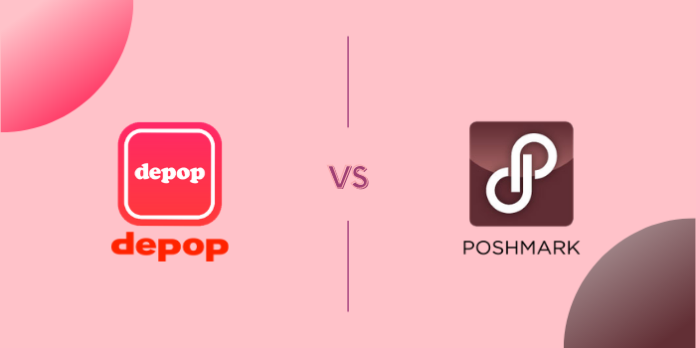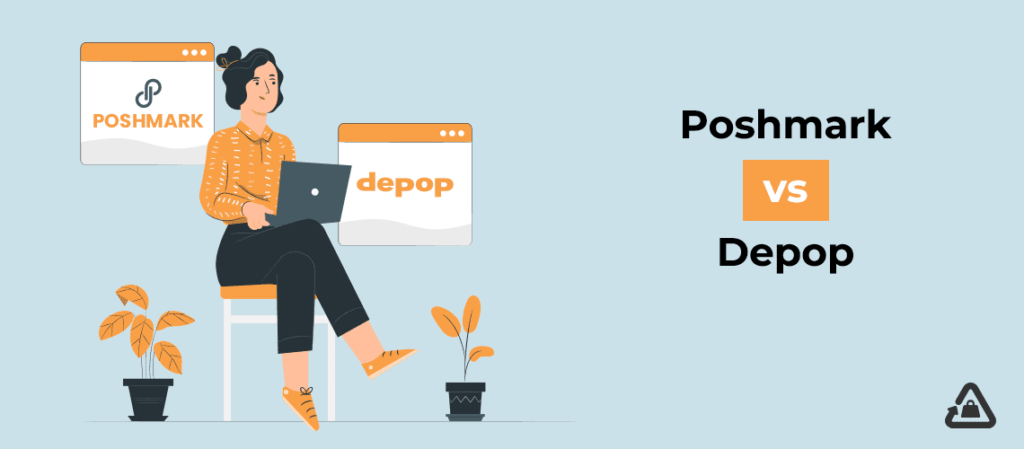According to the latest report by Thredup, 33 million people in the United States bought second-hand clothing online for the first time last year, and by 2025, this market is expected to reach $77 billion.
The popularity of the second-hand economy has also attracted a large number of sellers to sell second-hand goods, the choice of second-hand e-commerce platforms is also a key issue, the following will be an analysis of the mainstream second-hand e-commerce platforms in the United States, the traffic and audience statistics of each platform.
So what about Depop Vs Poshmark? Which one should you choose, keep reading!

Depop
Cost:
Selling products on Depop is free, but once the item is sold, Depop will charge 10% of the selling price.
For PayPal sales, sellers will also pay a transaction fee of 3.49% plus $0.49, and for Depop Payments (which allows sellers to accept ApplePay, GooglePay, credit and debit cards), sellers will pay 2.9% plus a transaction fee of $0.30 per transaction.

User portrait:
Depop currently has more than 30 million users, most of them young, with 9 out of every 10 active users under the age of 26. Depop’s main audience is Gen Z, with streetwear, itemized items and Y2K being popular categories.
Features:
Depop allows individual and corporate sellers of all ages to create stores, and the platform offers avant-garde and high-quality fashion products by partnering with global fashion brands, charities, and influencers.
If you want to learn more about Depop, read on How Does Depop Work and How to Refund on Depop.

Poshmark
Cost:
Selling and uploading products at Poshmark is free, but once an item is sold, Poshmark charges a referral fee based on the price. Below $15, the fee is $2.95; above $15, the fee is 20%.
In addition to free credit card processing, Poshmark offers sellers prepaid, pre-addressed shipping labels. However, Poshmark delays payment to the seller’s account before the buyer receives the order, and then the seller can request a check or deposit the proceeds directly.
User portrait:
Poshmark has more than 80 million registered users in the United States, Canada and Australia. As of September 2020, approximately 4.5 million sellers are considered “active” sellers. Currently, the platform has generated more than $4 billion in gross merchandise sales (aka sales).
Poshmark’s audience tends to target millennials and moms, mostly office groups, where pencil skirts and blazers sell well.
Features:
Poshmark has an edge in user engagement, with the platform launching shopping events such as PoshParty and PoshFest, PoshNCoffee, and Poshmark saw more than 30 billion social interactions in 2020 alone.